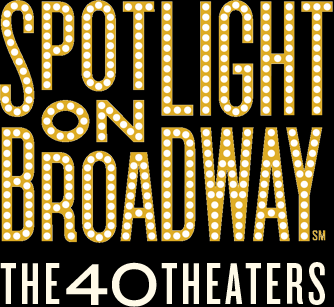David Belasco, producer, director, playwright, and one of the most important personalities in the history of American theater, built this house (originally known as the Stuyvesant Theatre) in 1907 to create an intimate and natural theater experience for his audiences.
He was a pioneer of the Little Theater Movement, which advocated close contact between audience and actors. The building is neo-Georgian, a style often associated with town houses, thus reflecting Belasco’s desire for intimate drama. It contained murals by Albert Crisp and Ashcan artist Everett Shinn and vestibule and doors by John Rapp as well as many light fixtures by Tiffany studios. The building served as both Belasco’s theatrical and personal home after 1909, when his ten-room rooftop duplex apartment was completed. The eclectically decorated apartment contained a crypt and housed Belasco’s various collections of Napoleonic paraphernalia, art, and erotica. Obsessed with atmospheric stage lighting, Belasco constantly labored to perfect it, thus elevating this important but often overlooked theatrical design element. Upon Belasco’s death, entertainer George M. Cohan said, “If theaters could weep they would all have a good cry on May 14, 1931.” In 1939 the Shuberts leased the theater and then bought the land on which it sits in 1948. They continue to own it and have presented Golden Boy, The Killing of Sister George, and the controversial Oh! Calcutta!, among others.





















